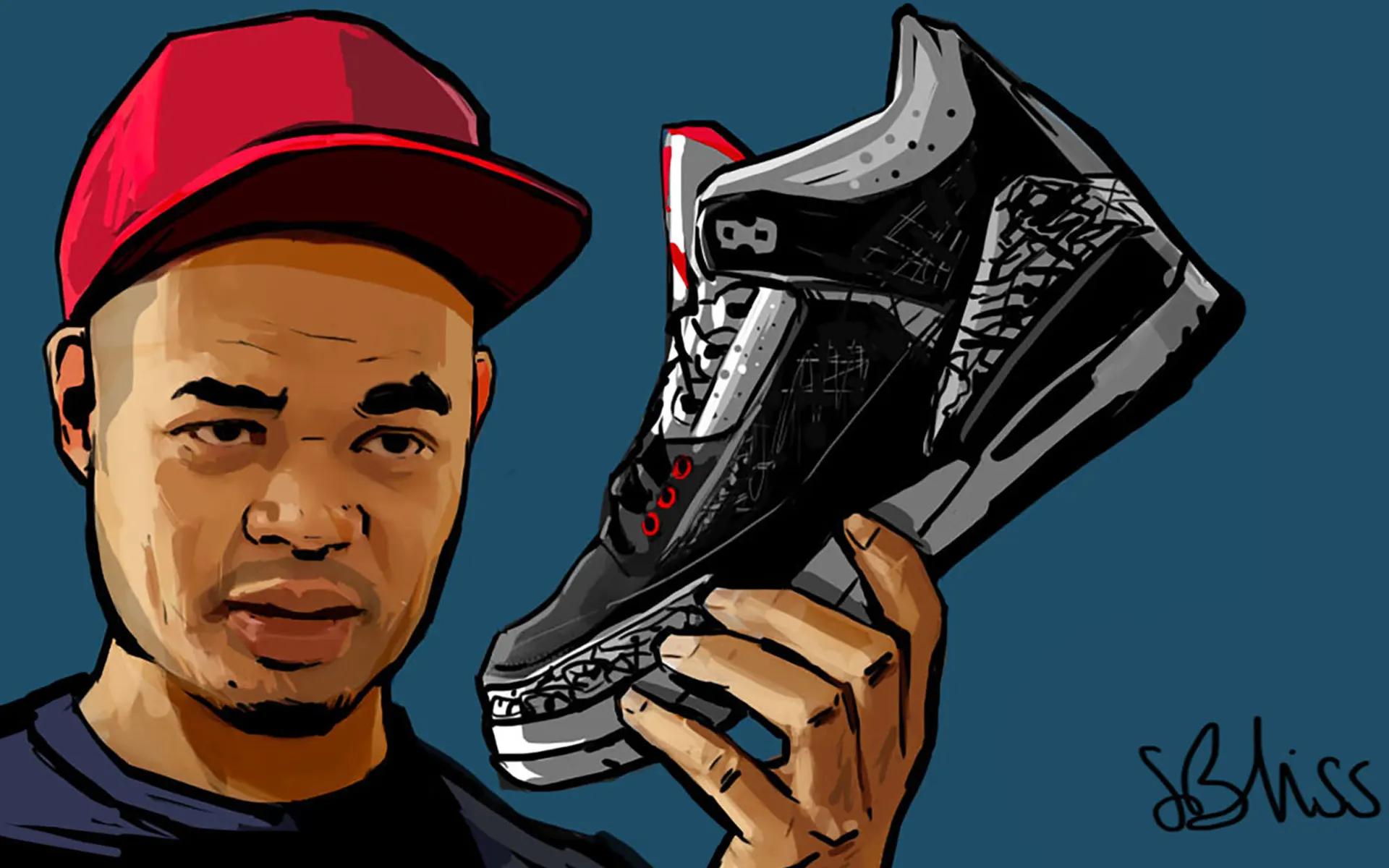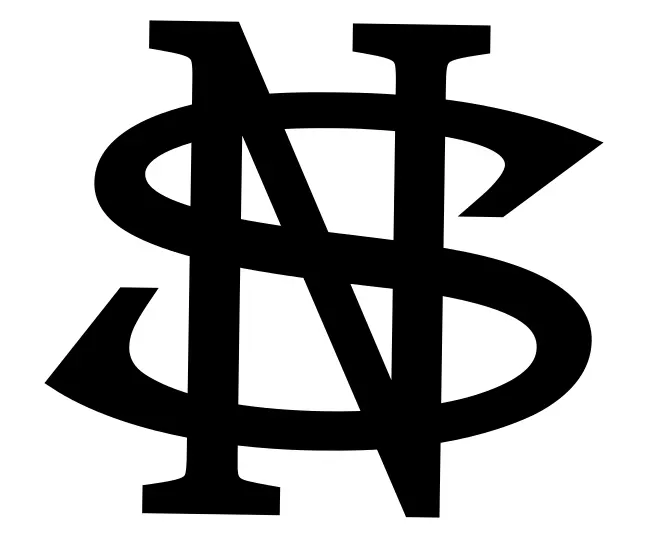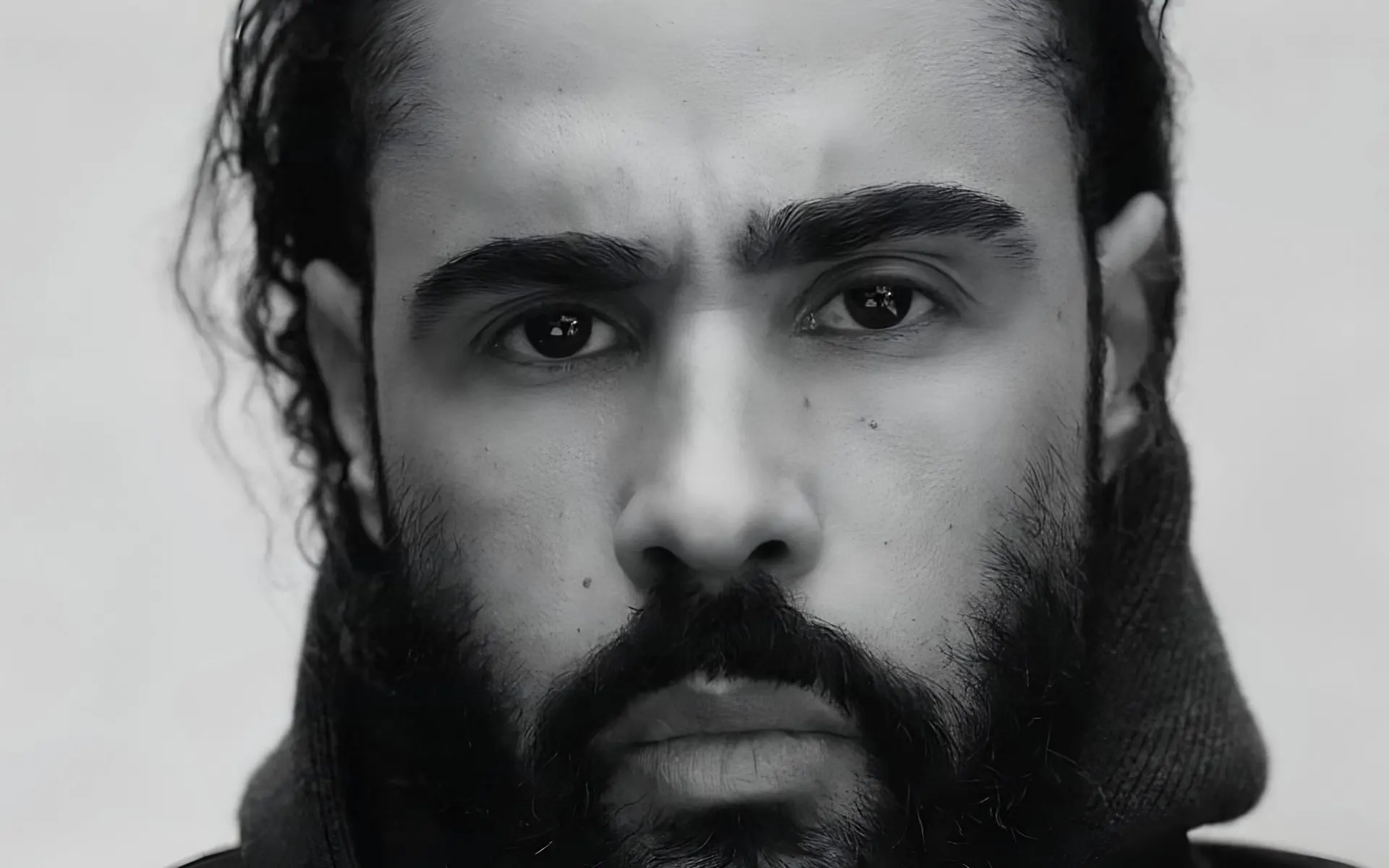Our Brand
Our Brand
Our Brand
The Nashville Stars Baseball Club was created in 2023 to become the brand and identity for a future Major League Baseball franchise.
The Stars are named after a Negro Leagues team that played in the 1940’s and 1950’s. We partnered with the Negro Leagues Baseball Museum to pay homage to the players who helped pave the way for some of the greatest players in baseball history.
Major League Baseball has also honored the Negro Leagues in recent years. Negro Leagues statistics are now considered Major League statistics, changing the history books forever. The video game “MLB the Show” received national praise after starting the “Negro Leagues Storylines” features in 2023. On June 20, 2023, the first MLB game was played at historic Rickwood Field, which is the oldest professional ballpark in the United States.

The Nashville Stars cap logo was developed by Gemo Wong, who is currently a Creative Consultant for Cactus Jack, LLC and has worked in leadership roles for Brand Jordan, Nike, and Urban Apparel. Read more about his inspiration for the logo, providing a visual presence that captures the depth and soul of the Negro Leagues.


The Nashville Stars brand logo was developed by Jerry Lorenzo Manuel Jr., a fashion designer who founded the streetwear label “Fear of God.” His label developed partnerships with Adidas in 2023 and most recently a multi-year partnership with the NBA and WNBA. His father is Jerry Manuel, who’s a former MLB player, coach, and manager.
